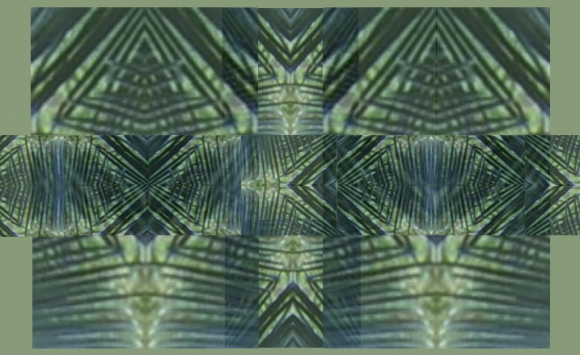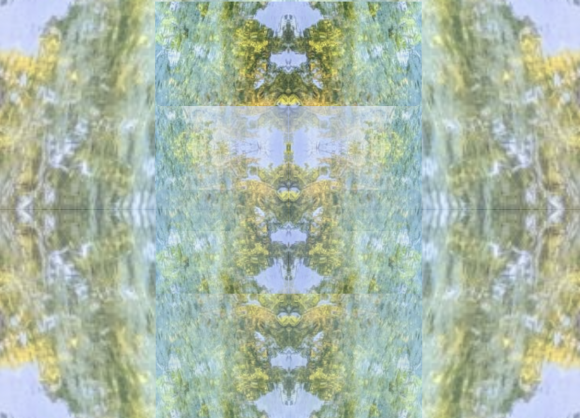I continue looking into the implied theory of ghosts in Reginald Hill’s short story “There are No Ghosts in the Soviet Union”. Now that we’ve dealt with the pseudoscientific psychobabble, let’s go back to the actual theory of Chislenko’s that evolves.

3. Given the mantra that “there are no ghosts”, the task becomes the rather perverse proof of there being nothing the ghostly appearance could actually be a ghost of: a proof, in other words, that there’s no person whose ghost this could be. Speculating that such a person would have to have died at the same location where the ghost appearance occurred, Chislenko then sets out to demonstrate that no such thing could ever have happened there.
[T]he best way of convincing that great mélange of logic and superstition which was the Russian mind that there’d been no ghost in the Gorodok Building was to prove that there was nothing for there to be a ghost of!
(The facts initially seem to be on his side; but he gradually uncovers what really happened — and then they aren’t. But this later development in the story is not relevant for our purposes here.)
Is all this sound thought, actually? Let’s get one thing out of the way first: the Soviet-style dogma-first approach which Chislenko (necessarily) takes. For him, there can be no facts that would contradict a state dictum, which he must take as his first premise. So he must frame his line of thought as a hypothetical under the contrafactual assumption that the party line would be somehow wrong (“Even if there had been the possibility of a ghost, which there couldn’t be, of course, …”).
Having successfully circumvented these complications, Chislenko’s reasoning then goes like so:
(1) If the episode were a ghost sighting, there must have been a person whose ghost it is.
(2) Such a person would have to (a) have died, (b) at this very location, and (c) under circumstances that prompt a recurrence (e.g. have been murdered by someone who got away with it).
(3) This location is a relatively new building, where nobody has ever died (so far).
(4) There is no person whose ghost could have been sighted. (from 2 and 3)
(∴) Therefore, it wasn’t a ghost sighting. (from 1 and 4)
Chislenko takes premises (1) and (2) as given, and sets out to collect factual evidence for (3). And the twist, of course, is that the facts don’t play ball, and the evidence he finds points in fact at (1) and (2) being satisfied. (As I said, these later developments are not of relevance here. They don’t change the reasoning, just one of its factual premises.)
So next, we have to examine (1) and (2) more closely: they will lead us on to the theory of ghosts implicit in these two assumptions. On this theory, a ghost is a person, or at least in some sense a continuation of a person (or perhaps we might say: an effect of a person’s continued existence).



